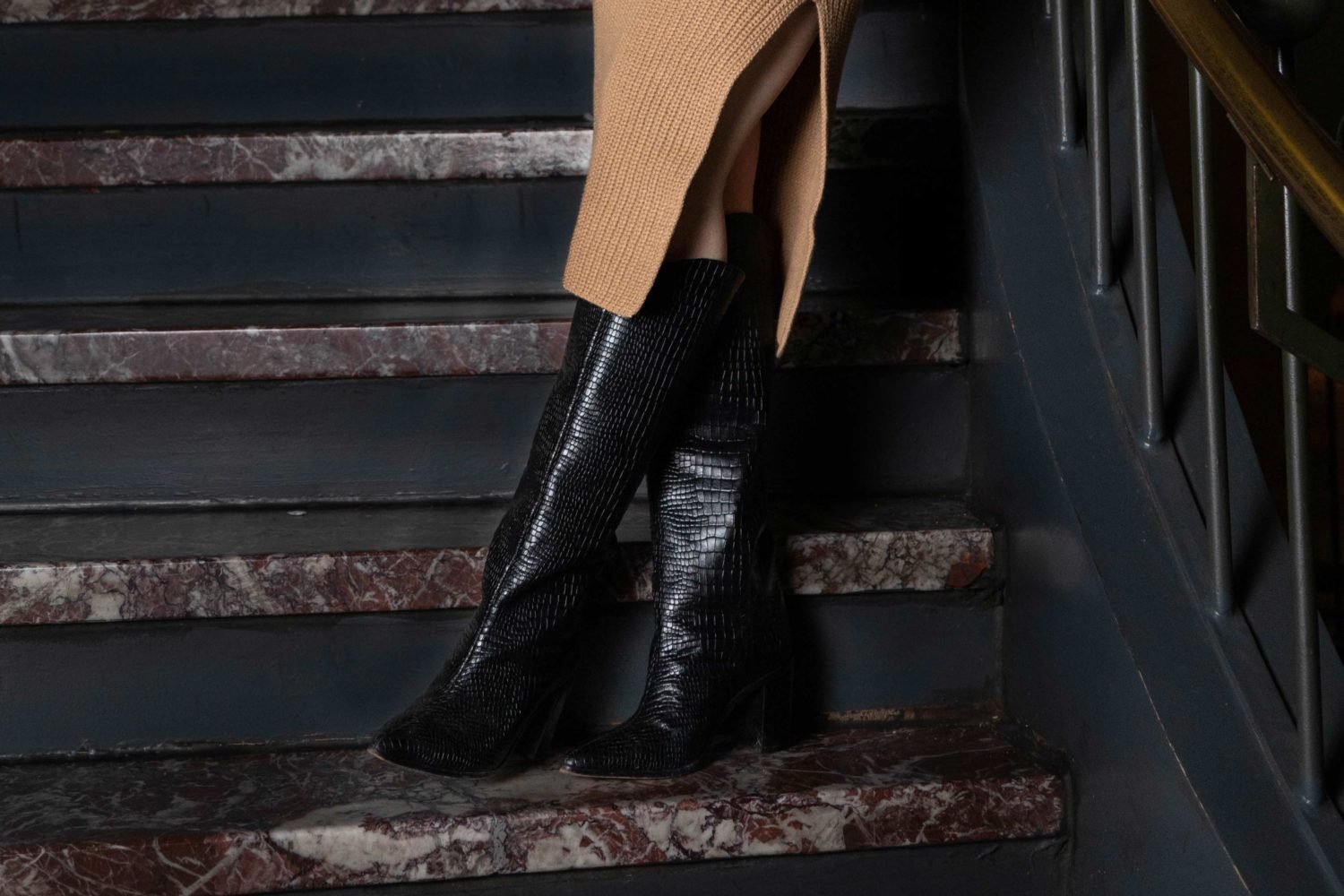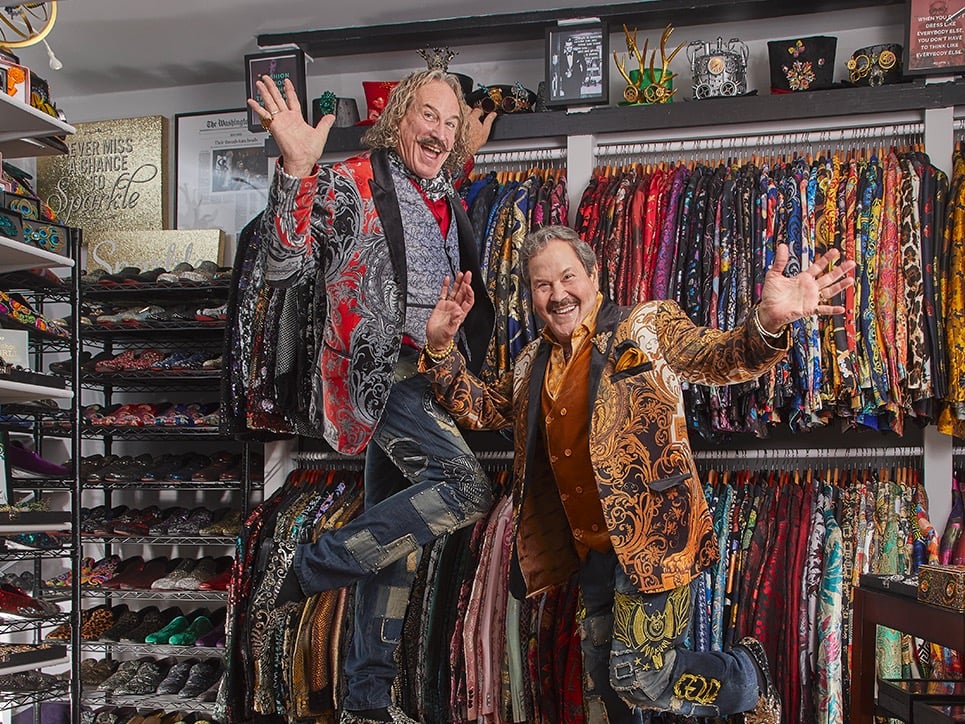
I look in the mirror and am confronted with a fact I can no longer deny: The once-faint vertical line between my eyebrows has become a crevice. It makes me look old.
I tend to be inquisitive, and now I’m wearing my curiosity on my forehead. When talking to people, I don’t have to ask a question—people just start giving me answers. I nod empathetically, thinking, “I’ve got to get rid of this gully between my brows.”
I’ve got to get Botox.
I don’t think of myself as a high-maintenance person. I rarely wear makeup—at least during the day—and I primp with one thing in mind: efficiency. I started with regular highlights in my hair only after I turned 40. But I’ve found that at age 46 I have to “maintain” more. I have to work a little harder to look, say, slightly tired as opposed to exhausted.
Unlike many of my friends, I didn’t find turning 40 to be traumatic. Even 45 wasn’t that bad. But 46? It announces you’re no longer “around 40.” You’re not even early forties. You’re officially mid-forties. And that means . . . almost 50.
“Almost 50” makes me more squeamish than the thought of a slim needle between the eyes. Plus, I know people who’ve had Botox. I’ve seen there’s a way of getting it so your face doesn’t look as frozen as an ice sculpture. I know people who can move their foreheads and whose eyebrows aren’t cockeyed and who can still utter four-syllable words and hold decent jobs.
So after ruminating on this—casually polling friends and deciding it’s a woman’s right to choose—I make an appointment with my dermatologist. I ostensibly go in for a mole check, but I have the B-word on the tip of my tongue. Near the end of my appointment, I take a deep breath and turn to the doctor, a high-cheekboned, attractive woman in her thirties: “So I’m thinking about doing Botox.”
Barely missing a beat, she nods and launches into a recitation of how it would be administered and the possible side effects. I know then that however gingerly I’ve stepped onto the boat, it’s pushing off. Forms are whisked before me, and within about five minutes I’m experiencing the sting of tiny needle pricks in my forehead. I’ve told the doc I don’t want my entire forehead frozen, just that crevice erased.
After sitting for a few minutes with a cold pack pressed to my forehead, I walk out of the office in a bit of a daze. I don’t even think to look at my face until I enter the elevator and confront a pockmarked person in the mirrored wall. I gasp. It looks as if my forehead has been bitten by insects. Angry insects. I lower my sunglasses and don’t take them off, even outside under an overcast sky.
I can’t feel any difference for a couple of days. In fact, I’m thinking the Botox didn’t take. But after a while I notice numbness in the lower center of my forehead. Suddenly, my forehead is paralyzed. In conversations, I try to ooze surprise or concern by raising my brow, but the facial muscles don’t comply. The sensation is frustrating, as though my body has a new owner’s manual I haven’t yet read.
Because I can’t make a concerned or questioning look by moving my brows, I find myself compensating by squinting and cocking my head. I realize that in losing old lines I’m creating new ones. Is the cycle of cosmetic addiction beginning—Botox begetting more Botox?
Briefly, I also experience a throbbing numbness behind my eyes, as if my eyeballs are going to pop out of my head. That sensation disappears after a few days. Something else that goes away? The crevice between my eyebrows.
One byproduct of my dermatological experiment is that I’ve become an expert Forehead Examiner. In face-to-face encounters, I scan my subject for that perfect smoothness. I nod to myself when someone’s brows shoot up like teepees, creating wrinkles only on the sides of the forehead and none in the middle. I recognize it from looking in the mirror.
Just as I notice who has had Botox, I’m struck by the number of people who haven’t. I see the matching horizontal lines traveling across the forehead of those who haven’t succumbed to the pressures of an appearance-driven society. I wonder how many of them are Forehead Examiners, too, noticing my own little separated teepees above each brow. At first, I fear I’ve become what I’ve always disdained—a dishonest person. I feel more self-conscious about having had Botox than I was about my wrinkles.
But as the days go by and I get used to my unfurrowed brow, I decide that getting Botox requires, ironically, a certain amount of self-confidence. Because in my opinion it’s easy to discern who’s had it and who hasn’t, I figured I might as well face the world forehead first. Besides, most of us are a little fake in some way—highlighting our hair, sucking in our gut, putting on lipstick. Who am I to judge others, to say how they should see themselves or spend their money?
One person’s fake is another’s fantastic. As one Botox-believing pal says: “I see friends with furrowed brows and want to shout to them, ‘Run, don’t walk, to your nearest dermatologist!’ ”
I’ve also come to admit something about my low-maintenance self: I’m vain. I care about my looks. And while I accept that with age come wrinkles, I’m not above trying to reduce their number.
In a recent New Yorker cartoon, a woman primping in the bathroom mirror says to her husband, who’s knotting his tie in the background, “I’m not trying to be beautiful—I’m only trying to look better than everyone else there.”
True beauty may lie within, but sometimes how you feel about your looks depends on who else is at the party.


















